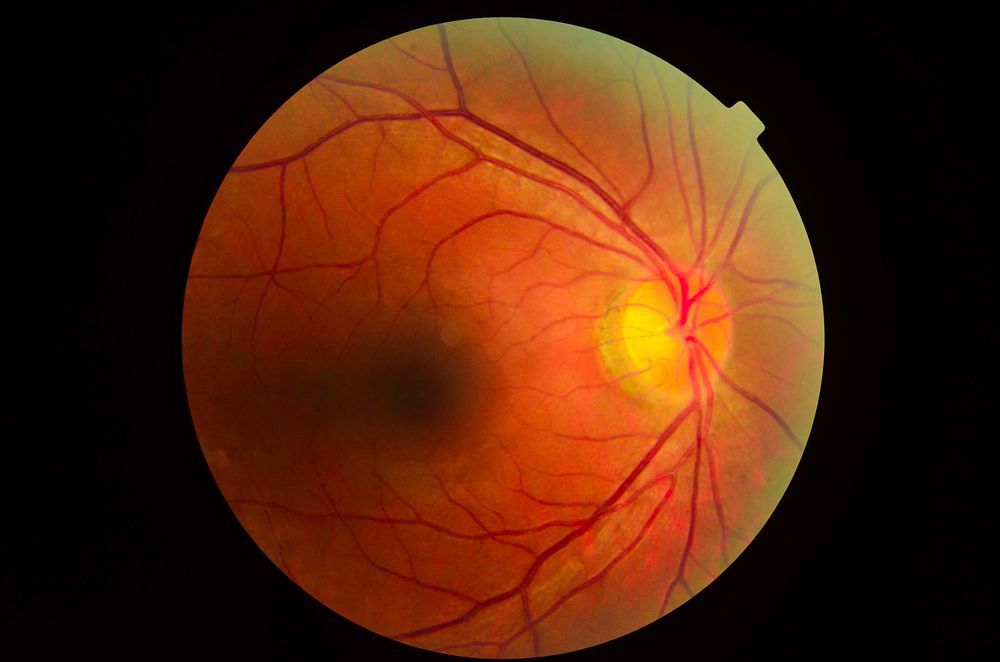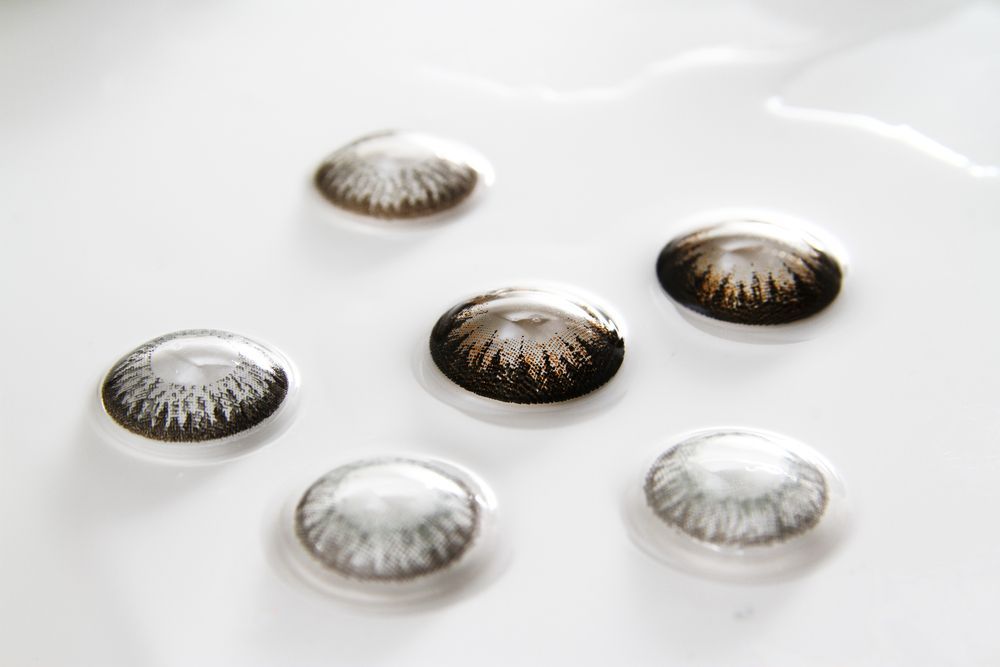Thyroid Eye Disease (TED) is a condition that affects the tissues around the eyes, often resulting from an autoimmune disorder. If you or someone you know has been diagnosed with TED, understanding the causes, symptoms, and available treatments can help manage the condition more effectively
Understanding TED
TED, also known as Graves' Orbitopathy, occurs when the immune system mistakenly attacks the healthy tissues around the eyes, causing inflammation and various ocular complications. While it most commonly affects people with Graves' Disease, it can also occur in patients with normal or underactive thyroid function.
Causes and Risk Factors
- A family history of autoimmune disorders increases the likelihood of developing TED.
- Smoking significantly worsens TED symptoms and reduces treatment effectiveness
- Women aged 30-50 are most commonly affected, although TED can occur in any age group and in both men and women.
- Stress and hormonal changes may trigger or exacerbate symptoms.
Symptoms of Thyroid Eye Disease
TED can cause a range of symptoms that affect both eye health and appearance. These symptoms may develop gradually or, in some cases, progress rapidly:
- Eye Redness and Swelling: Inflammation around the eyes can cause persistent redness, puffiness, and even swelling in the eyelids.
- Dryness and Irritation: Many patients experience dry eyes, discomfort, and a gritty sensation. Tears may not adequately lubricate the eyes, leading to persistent irritation.
- Double Vision: As TED progresses, it can affect the muscles controlling eye movement, leading to misalignment and double vision (diplopia).
- Bulging Eyes: One of the hallmark symptoms of TED is a noticeable bulging of the eyes (proptosis or exophthalmos), which can alter the eye's appearance and make it challenging to close the eyelids completely.
- Sensitivity to Light: Many patients report increased sensitivity to light (photophobia), which can cause discomfort, especially in bright conditions.
- Vision Changes: In severe cases, TED can lead to pressure on the optic nerve, potentially affecting vision.
Treatment Options for Thyroid Eye Disease
Treating TED is typically a multi-step approach aimed at managing symptoms, reducing inflammation, and preventing further complications. Here are the common treatment options:
Lifestyle Modifications
- Smoking Cessation: Quitting smoking is crucial, as smoking exacerbates TED and can limit treatment efficacy.
- Eye Protection: Sunglasses and lubricating eye drops can provide relief from dryness and sensitivity to light.
Medications
- Steroids: Corticosteroids may be prescribed to reduce inflammation and swelling around the eyes. These can be administered orally or via injection.
- Immunosuppressive Drugs: Newer medications specifically target the autoimmune activity in TED, such as teprotumumab (Tepezza), which has shown promise in reducing eye bulging and double vision.
Surgery
- Orbital Decompression: For severe cases where there is pressure on the optic nerve or significant bulging, orbital decompression surgery may be recommended. This surgery creates space around the eyes by removing some of the bone or fat in the eye socket.
- Strabismus Surgery: If TED has affected eye muscles, strabismus surgery can help realign the eyes to alleviate double vision.
- Eyelid Surgery: In cases where bulging prevents proper eyelid closure, eyelid surgery can improve both functionality and appearance.
Radiation Therapy
- Low-dose radiation therapy may be used to reduce inflammation in certain cases, though it is typically reserved for severe or progressive TED.
Monitoring and Prevention
Thyroid Eye Disease can be a challenging condition to manage, but with the right treatment and regular monitoring, patients can significantly reduce symptoms and protect their vision. If you have concerns about TED or experience any symptoms mentioned here, don’t hesitate to schedule an appointment. Early diagnosis and personalized care can make all the difference in managing TED and preserving eye health.
Feel free to contact our office with any questions or to set up a consultation.











